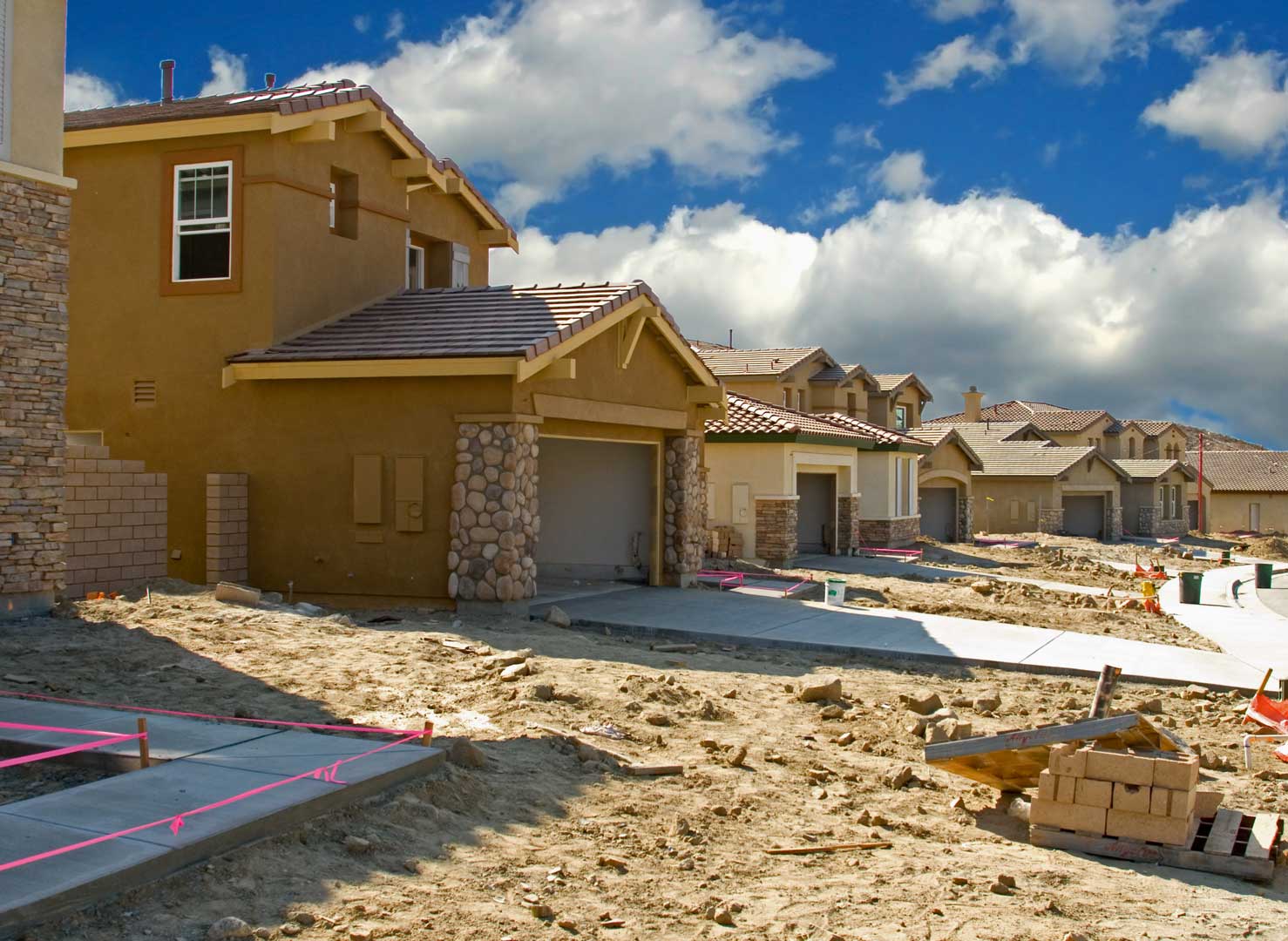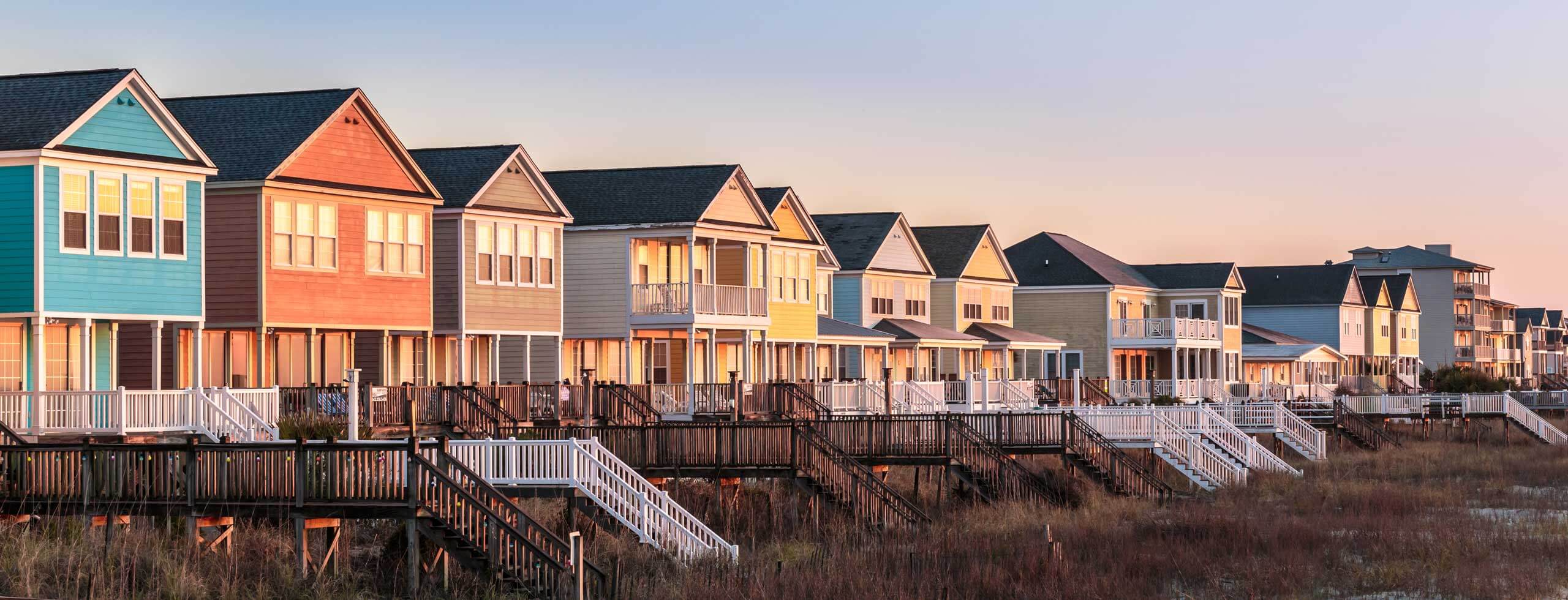360 Property Data
CoreLogic powers businesses with unrivaled property data, insights and technology.
Explore Our DataCoreLogic powers businesses with unrivaled property data, insights and technology.
Explore Our DataDifferentiate with insights and analysis from CoreLogic property data.
Know MoreProperty. People. Potential. CoreLogic unlocks value for the entire property ecosystem.
Learn MoreHome / Archives for Thomas Malone

Thom holds the position of professional, economist in the Office of the Chief Economist at CoreLogic. He is responsible for analyzing housing markets and home price trends. He has an extensive background in urban and real estate economics and applied econometrics.
Before joining CoreLogic, he held positions at the University of Virginia, Georgia Tech, and Harvard University. He earned his bachelor’s degree in economics, statistics and history at the University of Auckland, his master’s degree in economics from Tufts University and his doctorate in urban planning and development from the University of Southern California.

CoreLogic Professional Economist Thomas Malone digs into climate risk data to answer this question.

Austin, Boise, Phoenix and Salt Lake City have seen home price gains slow since the peak of their pandemic popularity, but prices in these metros are still showing resilience.

New home sales remain suppressed nationwide, though Sun Belt metros are seeing healthy activity.

Investors purchased almost 29% of U.S. homes in December, and that share appears poised to remain strong in the first half of 2024.

New U.S. home sales were down overall in 2023, but activity in some Texas metro areas remained relatively steady.

California and Texas led the U.S. for home investor activity in the third quarter of 2023. CoreLogic’s Thom Malone breaks down the numbers.